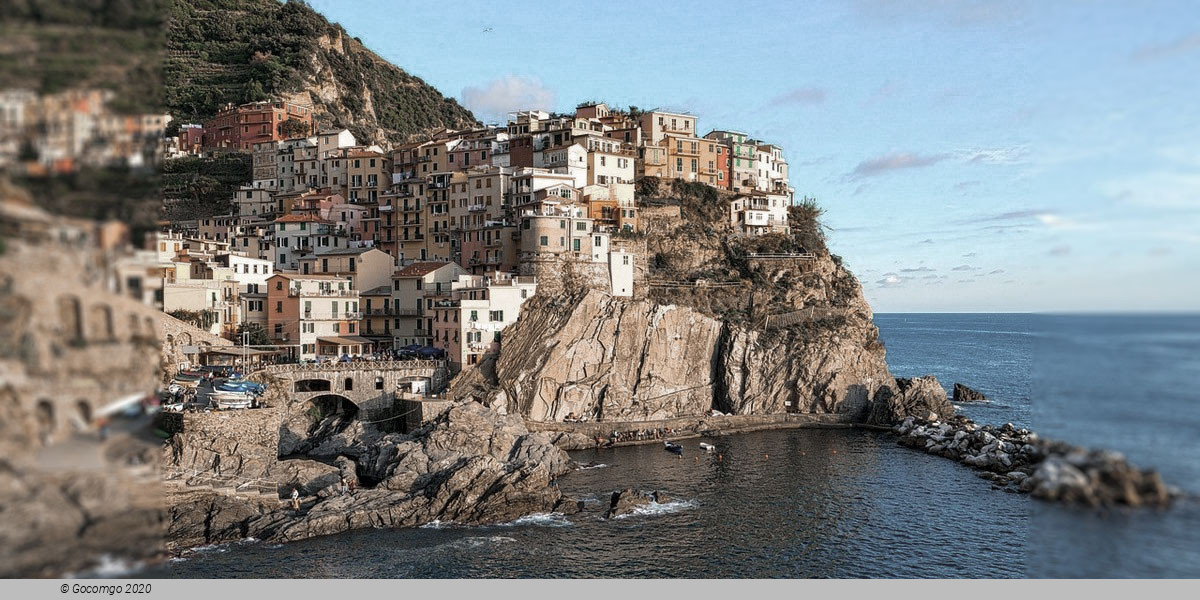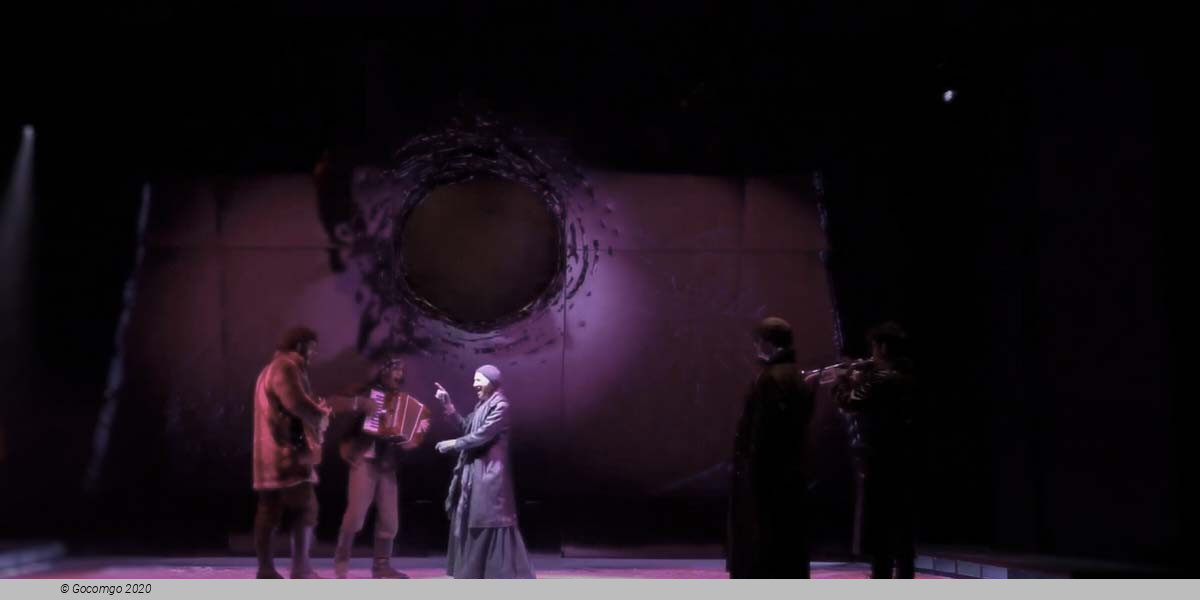Venues in La Spezia

La Spezia is the capital city of the province of La Spezia and is located at the head of the Gulf of La Spezia in the southern part of the Liguria region of Italy.
History
La Spezia and its province have been settled since prehistoric times. In Roman times the most important centre was Luni, not far from Sarzana. As the capital of the short-lived Niccolò Fieschi Signoria in the period between 1256 and 1273, La Spezia was inevitably linked with Genoese vicissitudes. After the fall of the Republic of Genoa, an independent state until 1797, La Spezia grew, developed and changed, though along lines similar to Liguria's capital Genoa. This Ligurian influence can still be seen in the urban layout as well as in the types of buildings and decorations. This is notable in the carrugio, the narrow street that divides the Old Town into two. It is called Via del Prione, taking its name from the pietrone or large stone, in local dialect prione, where public announcements were once read out.
Walking landwards from the sea it is possible to see partly hidden, but still evident, traces of history: engraved stones, capitals, and portals in fourteenth century sandstone, double lancet windows vaguely reminiscent of the future renaissance style of mannerism, baroque pediments, and decorations similar to those adorning the portals of the palaces once belonging to the Doria family and the Princes of Massa.
La Spezia developed substantially after 1861 when the great naval arsenal there was commissioned by the Royal government. In September 1943, after the Italian capitulation to the Allies, it was the departure port for the Italian Navy when it was ordered to steam into British hands at Malta. The Germans arrived too late to stop the departure of the fleet. During the war Italian troopships also left from La Spezia, including the Kaiser Franz Josef, a trans-Atlantic liner launched in Trieste in 1911 for the Austrian Lloyd company, which Italy had confiscated in 1919. It was sunk in La Spezia harbour in 1944.
After the liberation, La Spezia became the point of departure for survivors from Nazi concentration camps. From the summer of 1945 to the spring of 1948 more than 23,000 Jewish displaced persons managed to leave Italy clandestinely for the Palestine Mandate. After lengthy vicissitudes, the ships Fede, Fenice, and Komemiut managed to evacuate everyone from the Golfo di La Spezia, to the extent that on Israeli maps, La Spezia is called Shàar Zion , in Hebrew “Gateway to Zion”.


